CARP FISHING CLOTHING GUIDE
Build warmth, weather protection and breathability for real-session carp fishing.
This clothing guide shows you how to build a fishing clothing system that actually works on the bank. We’ll walk through base layers, mid layers, insulation, waterproof shells, trousers, salopettes, boots and the small accessories that make long sessions liveable. The aim is simple: comfort and focus, not shivering, sweating, or packing up early.
This is built around how you actually fish:
static nights in winter, mobile summer day sessions, foul-weather recce sessions where you’re stood out in the rain for hours on end, waiting for that one show or signs of a fish feeding.
Pick what matches that, and you’re 90% of the way there.
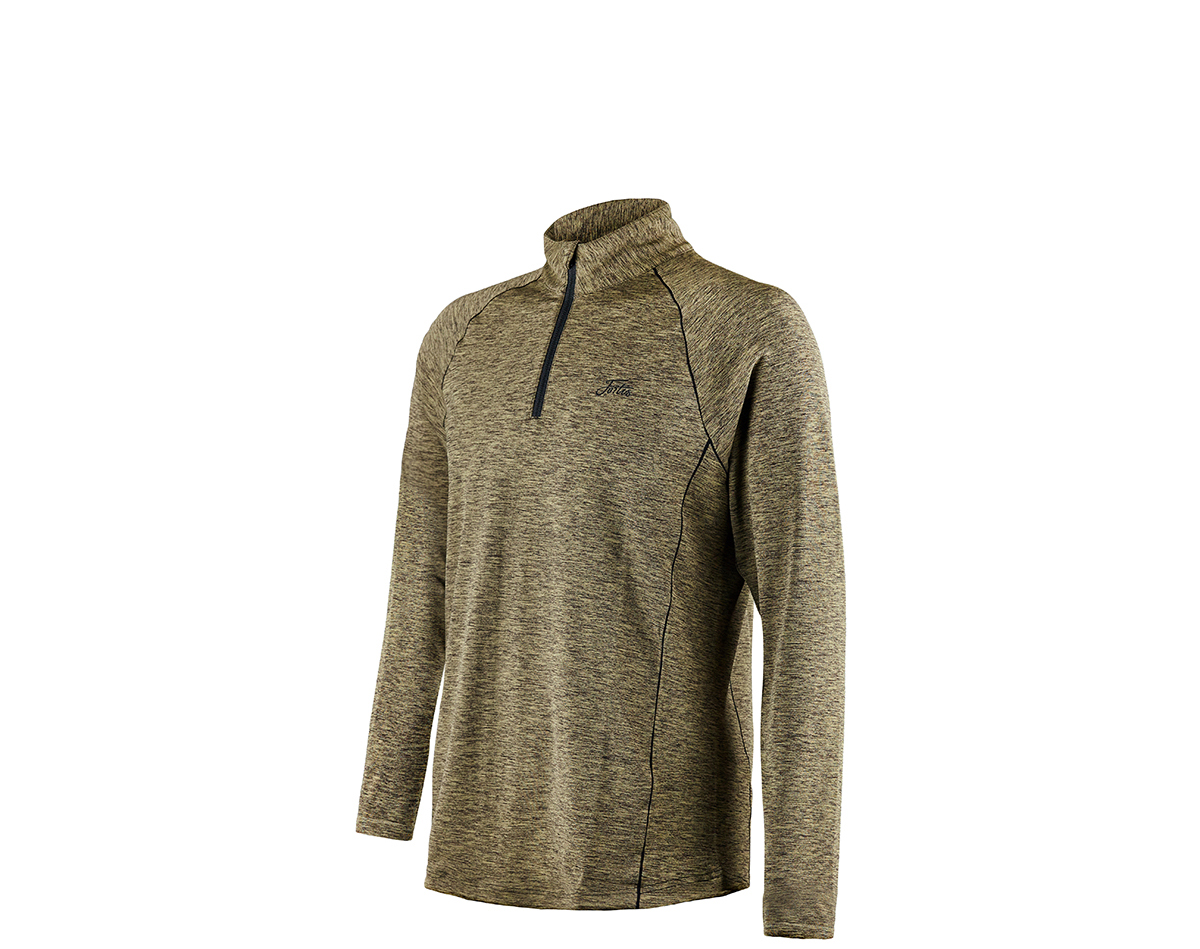
1. BASE LAYER
moisture control, odour, comfort
Your next-to-skin layer pulls sweat off the body to keep you dry and regulate temperature. It’s the foundation that prevents clamminess so every other layer works better.
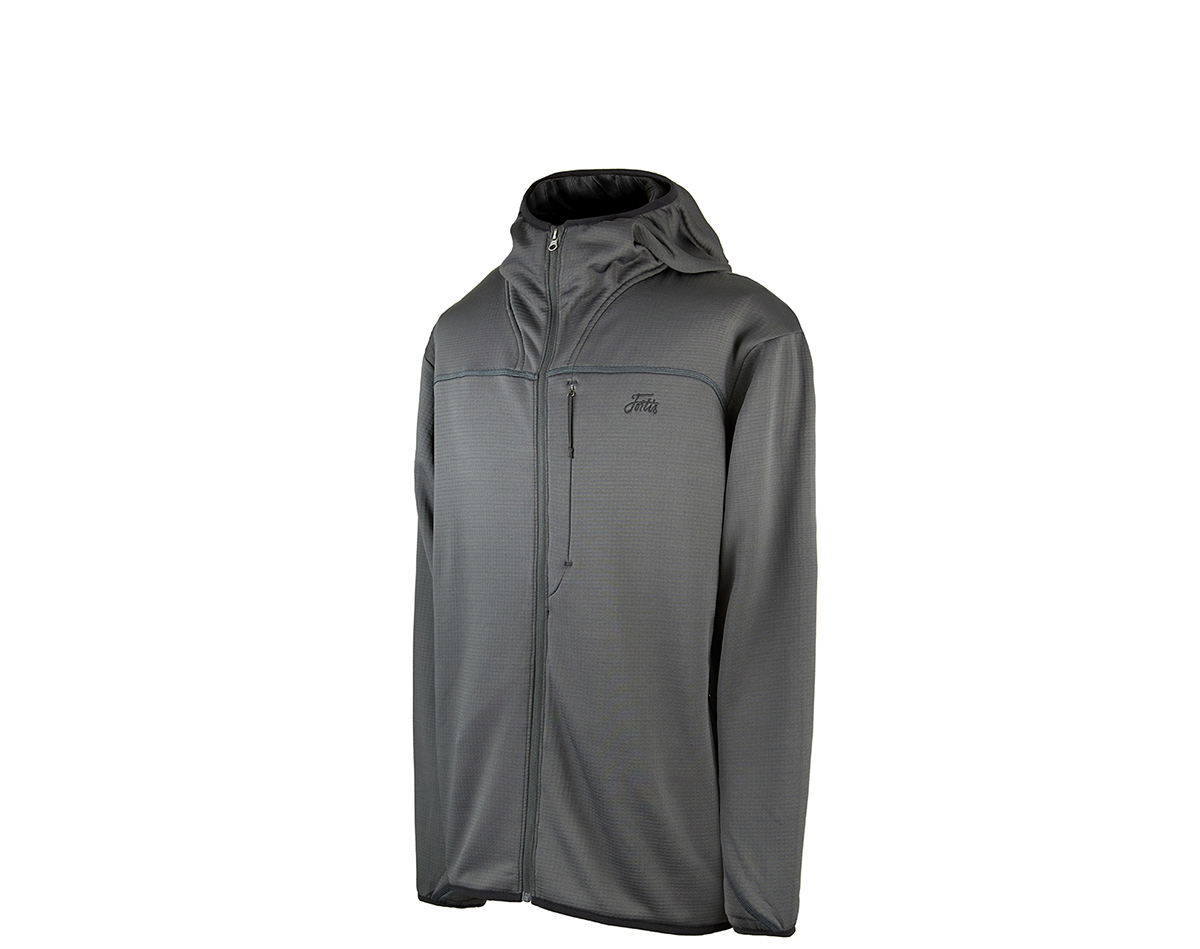
2. INSULATION LAYER
heat retention, breathability, loft
This traps heat without bulky weight and still breathes when you’re active. Wear it over your base and under a shell to hold warmth through lulls and long sits.
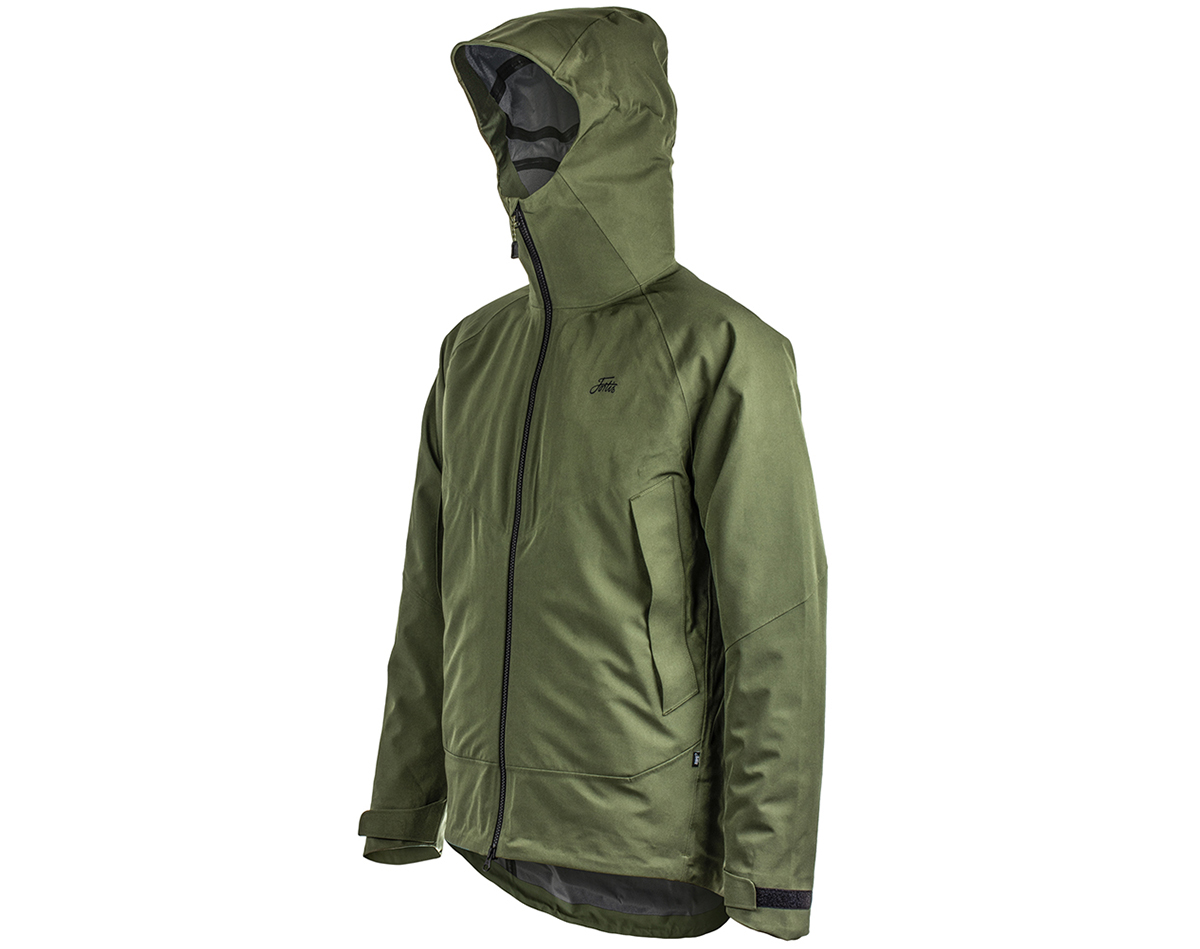
3. PROTECTIVE LAYER
rain/wind protection, breathability, fit
Your outer shell blocks wind, rain, and spray while allowing moisture to escape. It’s the hard-wearing shield that keeps the whole system performing in real weather.
Good bankside clothing works in layers. Your base layer is the first thing against your skin. Its job is to pull sweat off you, so you don’t sit damp and chilled when you stop moving.
Base layer: sits next to your skin and moves sweat away so you don’t get clammy or cold.
Mid / Insulation layer: traps warmth and keeps you comfortable when you’re sitting still.
Outer Layer / Waterproof shell: keeps out rain and wind so that heat doesn’t get stripped off you.
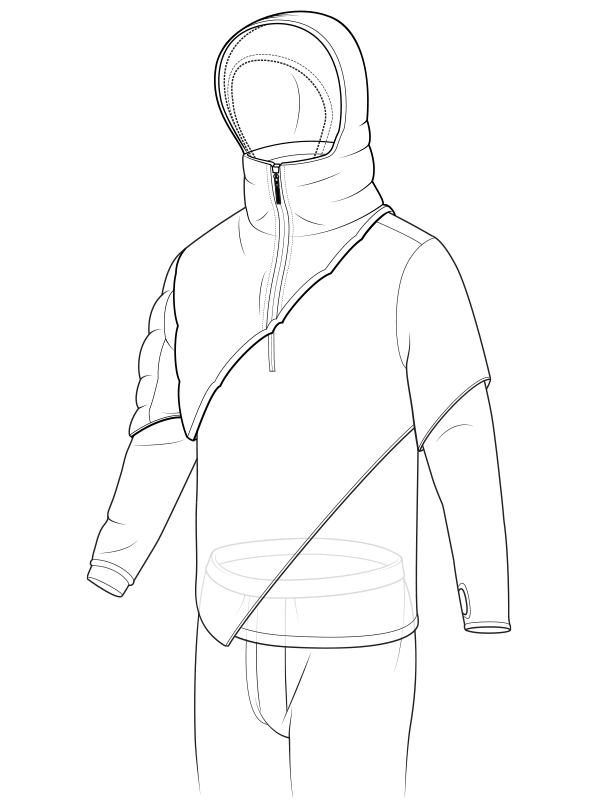
Your base layer is the first thing against your skin. Its job is to pull sweat off you, so you don’t sit damp and chilled when you stop moving.
When you need a proper base layer
Cold starts / cold nights: A thermal top and leggings give you immediate warmth without bulk.
Stop–start fishing: Walking, setting up, then sitting still. You will sweat, then cool fast. A decent base stops that “damp freeze.”
Under salopettes: Keeps you comfortable in the crotch / knee where sweat and pressure build first.
What to look for
Moisture control, not cotton: Cotton holds sweat. A proper base layer moves it off your skin.
Close but not tight: You want light contact everywhere so it can wick properly, but not “compression gym wear” levels of tight if you’re doing long sessions.
Low bulk: You’re going to layer up over this. Keep it light.
Your base layer is the first thing against your skin. Its job is to pull sweat off you, so you don’t sit damp and chilled when you stop moving.
FLEECE / SHERPA LAYERS
When to use: cool to cold conditions, evenings, mild winter days, under a shell in drizzle or wind.
Why they work: brushed, high-loft interiors trap warm air around your core without a ton of weight.
Where they shine: sitting in the swim, tying rigs, socials, general everyday wear. Easy to live in.
Typical pieces: hoodies, quarter-zips, sherpa-lined tops, heavier crews, joggers.
These are the “wear all day” bits. In our range this includes things from Minimal (clean, comfy, brushed interiors) and Elements (Sherpa comfort that just stays warm even on the worst days).
INSULATED MID LAYERS
When to use: genuinely cold conditions, winter overnighters, first-light bite times in frost.
Why they work: synthetic insulation (like Snugpak’s Softie® Premier fill) traps heat efficiently but still compresses down into a bag or barrow pocket.
Where they shine: long static sits, watching water from one spot for hours, nights when the temperature actually drops below zero.
Typical pieces: insulated jackets, insulated salopettes / bibs, core-warmth gilets, packable midweight insulators.
This is where collaborations like Snugpak × Fortis and garments like the Thermal Trail Jacket & Marine Liner come in — real warmth, designed for anglers who don’t go home when it gets bleak.
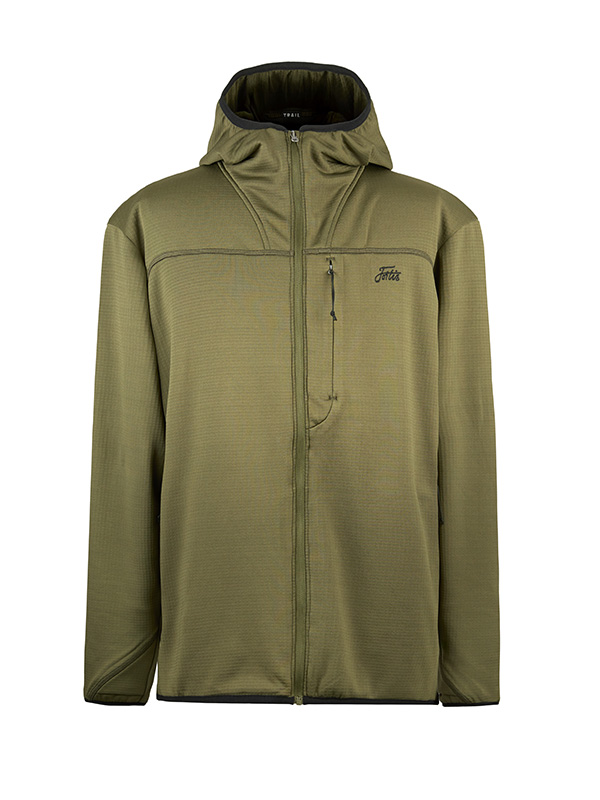
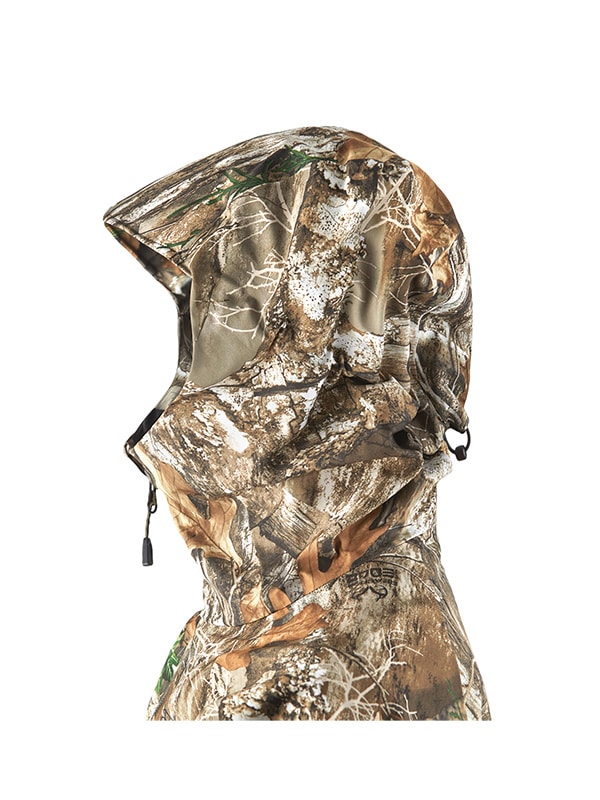
Your outer shell is what keeps the elements off everything underneath. This is critical, because wind + wet will strip heat faster than you think.
When you need a proper shell
Persistent rain: Not “a bit of mist,” we’re talking proper wet, hours on end.
Open banks with wind: Wind chill pulls heat out of even a good mid layer.
Active fishing in rain: Walking a swim, baiting new spots, recasting in horrible weather — you’re moving, so you still need breathability.
WHAT A GOOD SHELL SHOULD DO
Stay waterproof: Taped seams, storm hood, water-resistant zips.
Breathe: You can’t be sweating out every time you walk a rod round.
Move with you: Articulated elbows, cuffs that seal, hem that doesn’t ride up when you cast or net a fish.
In our world, that’s the Marine side: lightweight, 3-layer waterproof shells and matching waterproof trousers that create a proper carp fishing waterproof suit without feeling like a bin bag.
If the weather is brutal and it’s cold, wear a Tundra jacket as they are insulated and waterproof. That’s your true winter armour.
Your lower half does the hard yards. Weatherproof trousers protect against wind, rain and bank-side snags, waders let you work the margins without soaking your layers, and footwear gives confident traction and support wherever you put your feet.
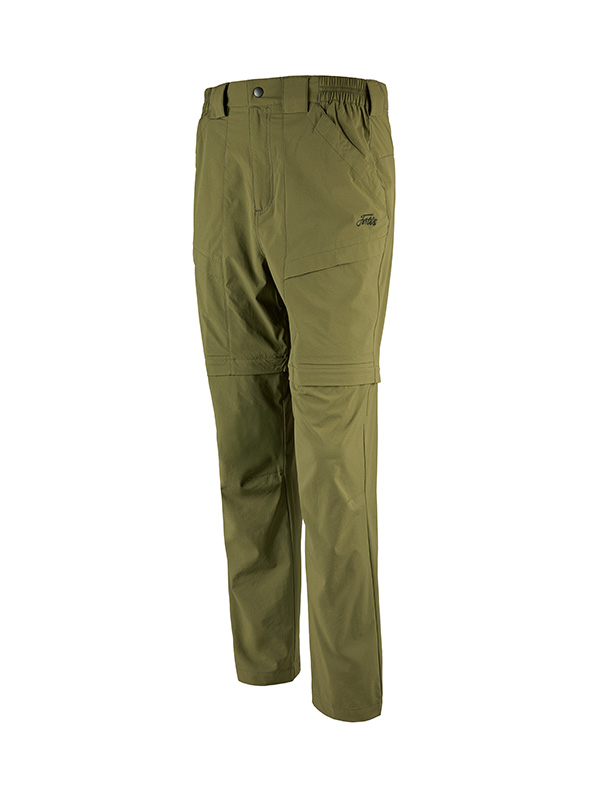
FISHING TROUSERS
full length, zip-offs, joggers
Active roaming / summer stalking: Lightweight, quick-dry trousers or zip-off trail trousers. You get mobility and breathability without cooking.
Laid-back / camp comfort: Heavier joggers or lined bottoms from Minimal. Soft, quiet, easy to live in for long sessions.
Why zip-offs? You can start in full leg when it’s cool, then convert to shorts once the sun’s out without fully changing on the bank.
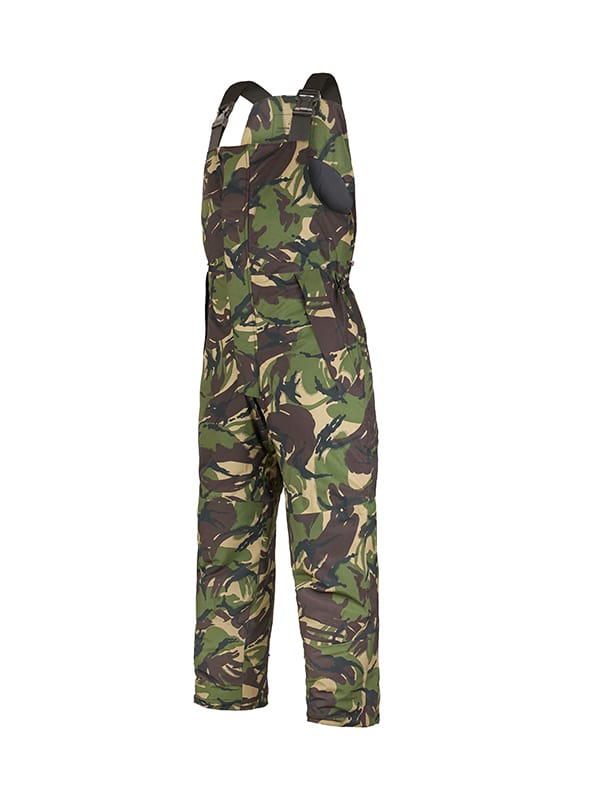
SALOPETTES
heat retention, breathability, comfort
When you need them: Winter nights, static fishing, rain that won’t stop.
Why they’re good: They seal heat up past the waist, stop drafts down your lower back when you’re bending over, and protect everything from drizzle, damp chairs, wet grass, slime.
Insulated salopettes: Part of a true winter suit. Think Tundra or Snugpak × Fortis when you’re sitting through sub-zero sessions.
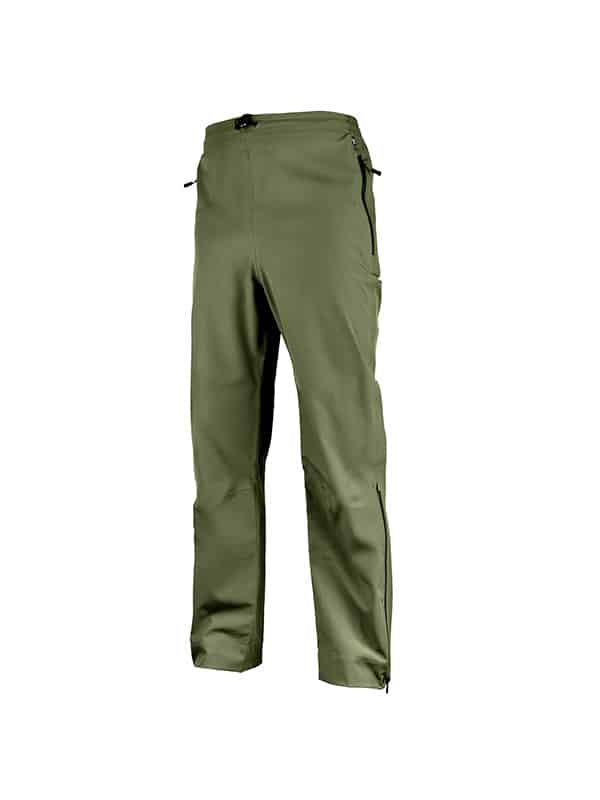
WATERPROOF TROUSERS
rain/wind protection, breathability, fit
Job: Keep your legs dry in driving rain and while kneeling down at the net.
Good sign: Proper waterproof fabric, taped seams, articulation at knee so you can still crouch and land fish.
Pairs with: A matching waterproof jacket turns it into a full waterproof fishing suit. That’s Marine territory.
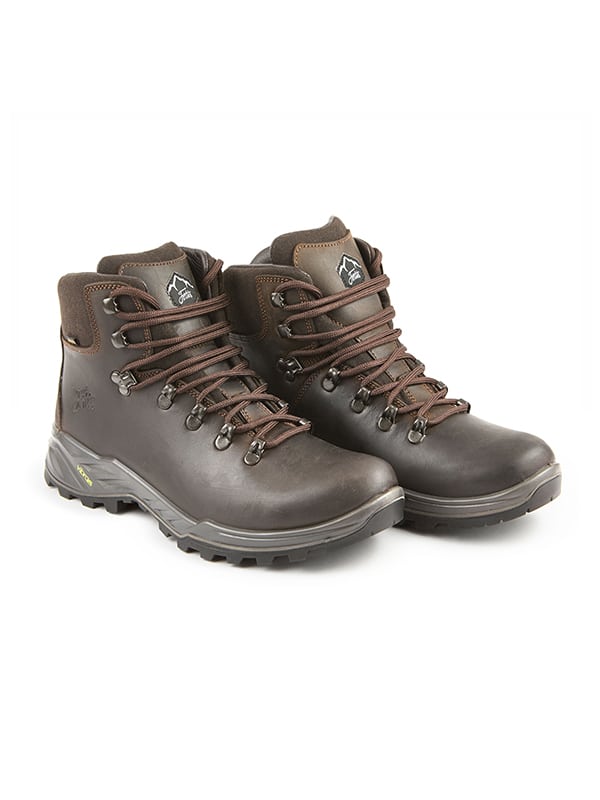
BOOTS & WADERS
ergonomic movement, protection, breathability
Why footwear matters: Cold, soaked feet will end a session early, no matter how good your jacket is.
Look for: waterproofing, grip in mud and wet boards, insulation in winter, ankle support if you’re walking rough banks.
When waders come in: Margins, reed beds, baiting spots you can’t quite reach, photography in the water, quick dips to free a fish safely.
It’s always the small stuff that decides if you’re comfortable at 2am.
These are the bits people forget, then complain about not being “built for it”.
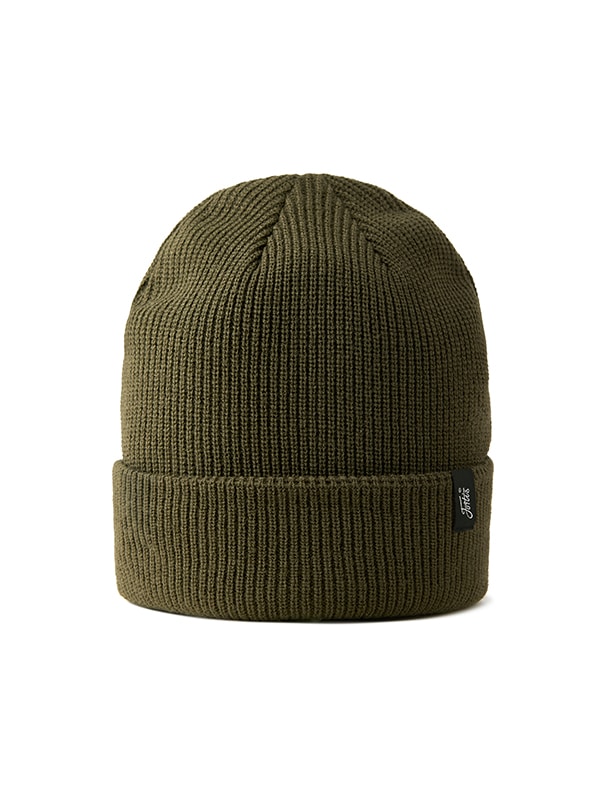
HEAD & NECK
Beanies / thermal hats: Stop heat bleeding off your head in cold wind. Instant comfort upgrade.
Snoods / neck warmers / scarves: Seal the gap at the collar so wind doesn’t run straight down your back.
Caps / Boonies: Help control low sun and surface glare, and pair with your polarised lenses so you can actually see fish.
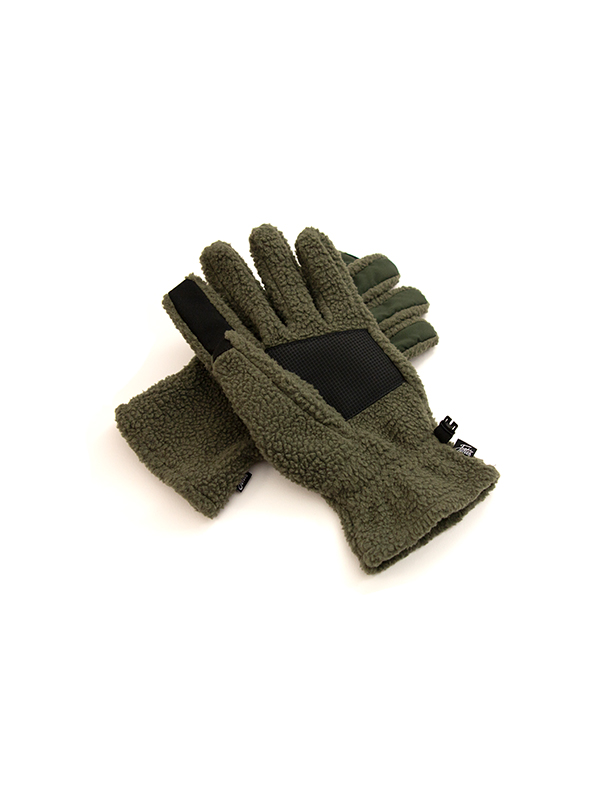
GLOVES
Insulated gloves / mitts: Keep dexterity while keeping feeling in your fingers.
Touchscreen-friendly fingertips: So you’re not bare-handing your phone or headtorch in frost.
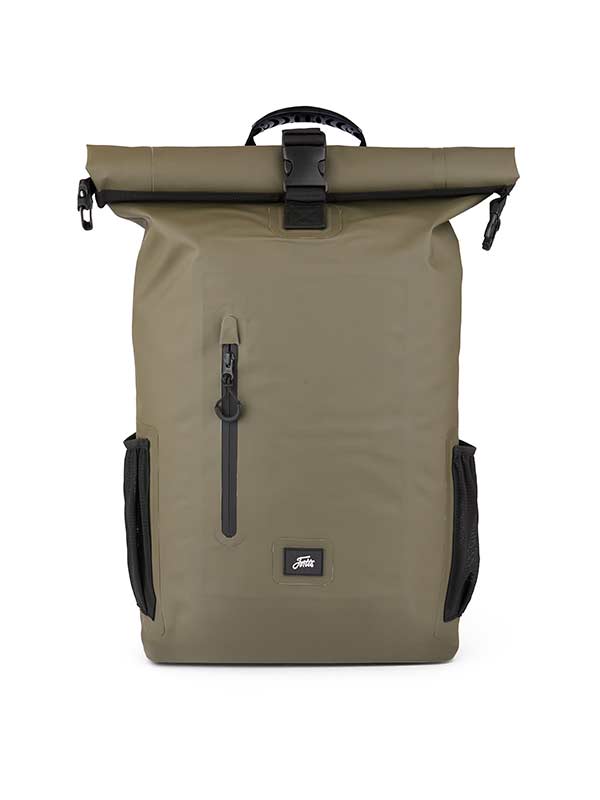
LUGGAGE & DRINKWARE
Dry bags / waterproof packs: Keep spare layers dry so you’ve always got something warm to change into.
Insulated mugs / bottles: Hot brew in January = morale. Cold water in July = energy.
Most anglers either buy everything too big (“so I can wear loads under it”) or way too fitted (“so it looks tidy”), and both can backfire.
Here’s how to size properly:
Base layer: Close to the skin so it can move moisture. Not strangling tight, just contact.
Mid layer: Relaxed. You should be able to sit, twist, net a fish, and not feel it pulling at the shoulders or elbows.
Insulated layers: Slightly roomy. Trapped air = warmth. If it’s sprayed-on tight, it can’t insulate properly.
Waterproof shell: Room to lift your arms and cast without the hem shooting up. Cuffs should cinch without cutting circulation.
Salopettes: Long enough in the body so they don’t pull when you crouch. You should be able to kneel comfortably.
Boots: Leave enough space for a thicker sock in winter. Blood flow is warmth.
If you’re between sizes in outerwear and you do long winter sessions, size up.
If you’re mostly mobile in mild weather, your usual size should feel right.
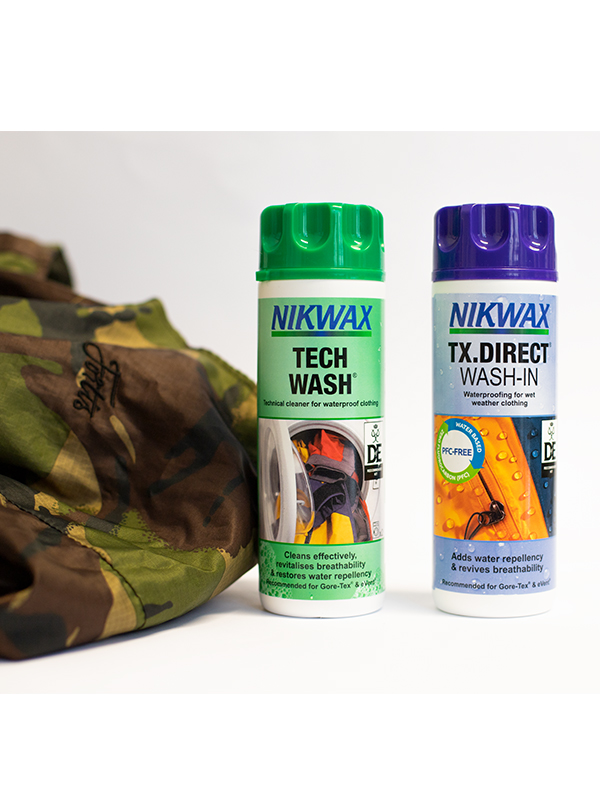
Look after your kit and it’ll last seasons, not months.
None of this is complicated
Base / mid layers: Wash cool, inside-out. Avoid heavy fabric softeners — they kill wicking and can wreck the hand-feel.
Insulated layers: Low spin, gentle detergent. Air-dry or tumble low. Don’t roast them on a radiator; you crush the loft.
Waterproof shells: Rinse mud off. Wash with a technical cleaner, not standard detergent. Refresh the DWR (durable water repellent) occasionally so rain beads instead of soaking in. Cool iron or see product label for specifics.
Boots / waders: Dry them properly between trips. Don’t leave them soaked in the car boot for a week and expect miracles. Use a Beeswax for leather boots.
FAQ's
Tundra is insulated and waterproof — it’s your all in one water protection & warmth layer for cold bankside sessions.
Marine is a fully waterproof shell (no insulation) designed to go over your layers to block wind, rain and spray.
Marine uses our 3-Layer Triflex waterproof fabric (25K/25K) for serious weather protection and breathability in long sessions.
Trail is a lighter, packable shell (10K/5K) designed for active roaming, summer storms and travel.
Tundra Salopettes are waterproof + insulated — designed for wet, cold, all-night carpy weather.
Snugpak Salopettes are insulated only (UK-made) and rely on a shell over the top if conditions turn wet.
Because the fabrics, membranes and construction are the same standards used in alpine and military-grade outerwear. We prioritise breathability and durability, not cheap insulation that gets clammy and heavy. Our kit is built for real sessions, not catalog photoshoots.
Primaloft is a premium synthetic insulation that stays warm even when damp, packs small, and has an excellent warmth-to-weight ratio. We use it because it performs better than bulky fleece or cheap fill — especially when you’re active, then sitting still, then active again.
Triflex is our 3-layer waterproof fabric with stretch built-in.
The stretch, combined with technical patterning through the shoulders, stops the jacket riding up when casting or reaching for rods. The stormproof hood has a wired peak for shape in wind, and the soft-touch high collar protects your face so you can keep your eyes on the water.
It’s also highly breathable, so when you hike the banks or barrow long distances, moisture escapes instead of getting trapped — you only really notice you’re wearing a waterproof when the rain finally hits.
Thermal base layer + insulated mid (Snugpak style warmth) + proper waterproof / windproof shell (Marine-style) + insulated salopettes. Add hat, gloves, thermal socks. That’s your all-night, sub-zero, “I’m staying put” uniform.
Lightweight, breathable trousers or zip-offs, a wicking tee or thin base, and a light mid-layer you can throw on when the wind picks up. Carry a packable shell for showers. You want mobility, not bulk.
If you’re out in proper rain or you end up kneeling at the net a lot, yes. Dry top + soaked legs is not fun, and once your legs are wet the cold creeps in fast.
Because wind and damp are stripping the heat off you. You’re missing either a wicking base under it (to stop sweat going clammy) or a shell over it (to stop wind stealing heat). Warmth is not just thickness — it’s the system.
You can absolutely build it yourself: good base, serious insulation, waterproof shell, salopettes. Buying a matched suit just makes it faster. Either way, the logic is the same.
Need a Hand Choosing?
Get in touch with our team.

